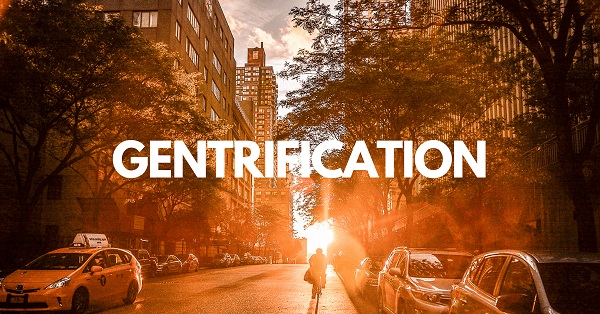Gentrification, the process of urban renewal and influx of wealthier residents into previously low-income neighborhoods, has significant implications for social equity. While it can lead to economic growth and improved infrastructure, it often exacerbates social inequalities by displacing long-standing, lower-income residents and disrupting established communities.

The benefits of gentrification are often visible in the physical and economic revitalization of neighborhoods. Urban areas experience an influx of investment, leading to renovated buildings, new businesses, and increased property values. This can attract more affluent residents, create jobs, and increase tax revenues, which can be used to improve public services such as schools, parks, and transportation. For instance, cities like Brooklyn and San Francisco have seen transformations that bring in tourism and boost local economies.
However, these benefits are frequently accompanied by significant drawbacks for existing residents. As property values and rents rise, many long-term, low-income residents find themselves priced out of their homes. This displacement disrupts communities, erases cultural heritage, and severs social networks that have been built over generations. The newcomers often have different socioeconomic backgrounds, leading to tensions and a sense of loss among original residents.
The displacement caused by gentrification highlights critical issues of social equity. Marginalized communities, often comprised of people of color, are disproportionately affected. They may struggle to find affordable housing elsewhere, pushing them into areas with fewer resources and opportunities. This not only perpetuates cycles of poverty but also increases segregation and concentrates disadvantage. The psychological toll on displaced residents, including stress and a sense of loss, is profound and often overlooked.
To address the negative impacts of gentrification and promote social equity, policymakers need to implement inclusive and protective measures. Affordable housing policies, such as rent control and housing subsidies, can help retain long-term residents. Community land trusts and inclusionary zoning can ensure a mix of housing options that include affordable units. Engaging community members in the planning process ensures that development benefits all residents, not just the newcomers.
Moreover, promoting small, locally-owned businesses can help maintain the cultural character of neighborhoods and provide economic opportunities for existing residents. Policies that support these businesses can prevent the homogenization of urban areas and preserve the unique identity of communities.
In conclusion, while gentrification can bring economic and infrastructural improvements to urban areas, it is crucial to address its adverse effects on social equity. Ensuring that the benefits of gentrification are shared more equitably requires thoughtful, inclusive policies that protect and uplift marginalized communities. By focusing on social equity, we can create urban environments that are both vibrant and just, fostering a true sense of community for all residents.



